The plastic crisis has reached staggering proportions. If all the plastic waste on Earth were laid out, it would be enough to cover the entire surface of Argentina ankle-deep.
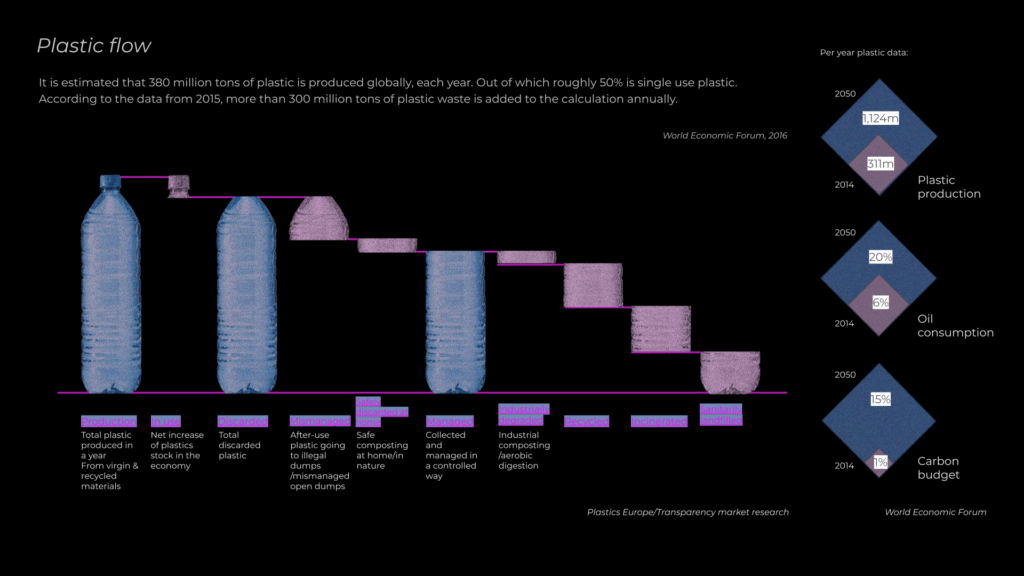
Every year, we produce 300 million tons of plastic globally. Yet only 10% remains in use, while more than 80% is discarded. Of this discarded plastic, just 20% is recycled, leaving the vast majority to accumulate in landfills, pollute the environment, and infiltrate ecosystems as microplastics.
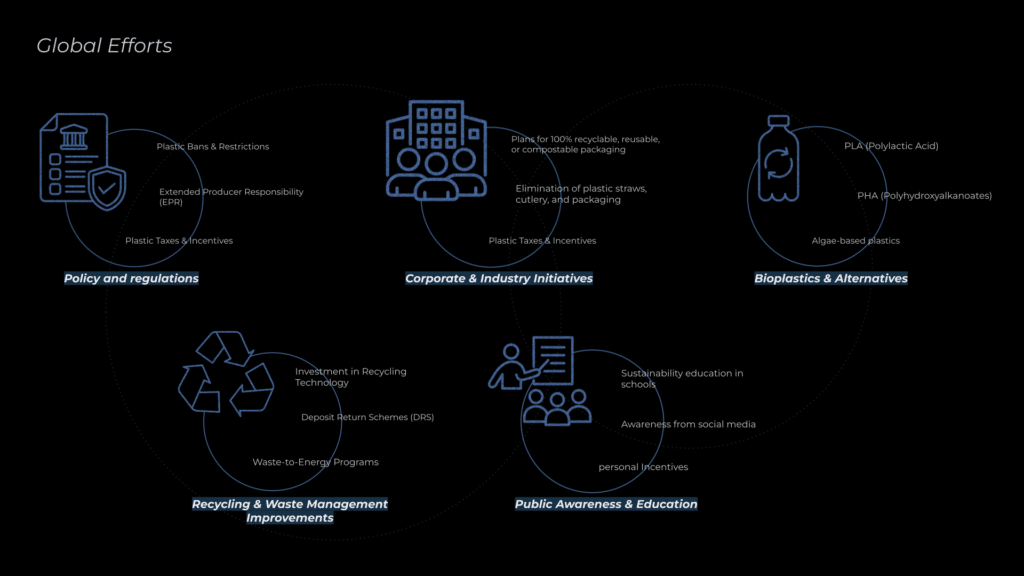
Governments are implementing plastic bans, taxes, and Extended Producer Responsibility (EPR) laws to reduce waste, while industries are adopting biodegradable packaging, refillable systems, and circular economy models. Recycling efforts are improving with advanced sorting, chemical recycling, and deposit-return programs, and public awareness campaigns promote responsible consumption. There has been a rise in fossil fuel plastic alternatives, among them PLA (polylactic acid), is gaining attention as a sustainable replacement in packaging and manufacturing.
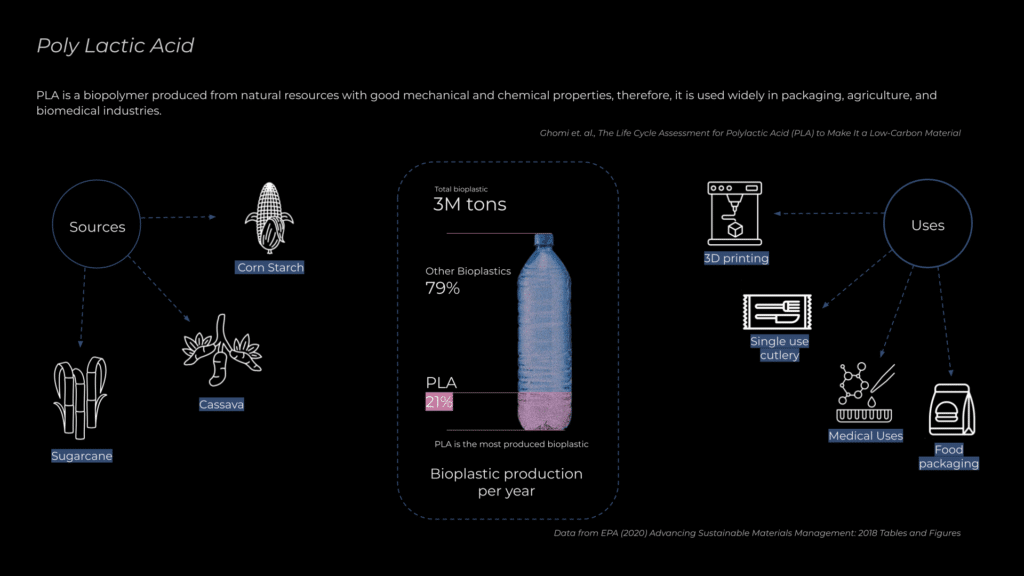
PLA (Polylactic Acid) is a biodegradable and bio-based plastic made from renewable resources like corn starch, sugarcane, or cassava. It is widely used in packaging, disposable cutlery, 3D printing, and medical applications due to its versatility and lower environmental impact since it reduces reliance on fossil fuels.
Polylactic Acid (PLA) is the most widely used bioplastic, accounting for 21% of global bioplastic production. However, while marketed as compostable, PLA only degrades under industrial conditions at temperatures above 60°C. This misleading portrayal contributes to greenwashing, as consumers may wrongly assume it breaks down naturally in any environment.

PLA (Polylactic Acid) is a biodegradable and bio-based plastic made from renewable resources like corn starch, sugarcane, or cassava. It is widely used in packaging, disposable cutlery, 3D printing, and medical applications due to its versatility and lower environmental impact since it reduces reliance on fossil fuels.
Polylactic Acid (PLA) is the most widely used bioplastic, accounting for 21% of global bioplastic production. However, while marketed as compostable, PLA only degrades under industrial conditions at temperatures above 60°C. This misleading portrayal contributes to greenwashing, as consumers may wrongly assume it breaks down naturally in any environment.
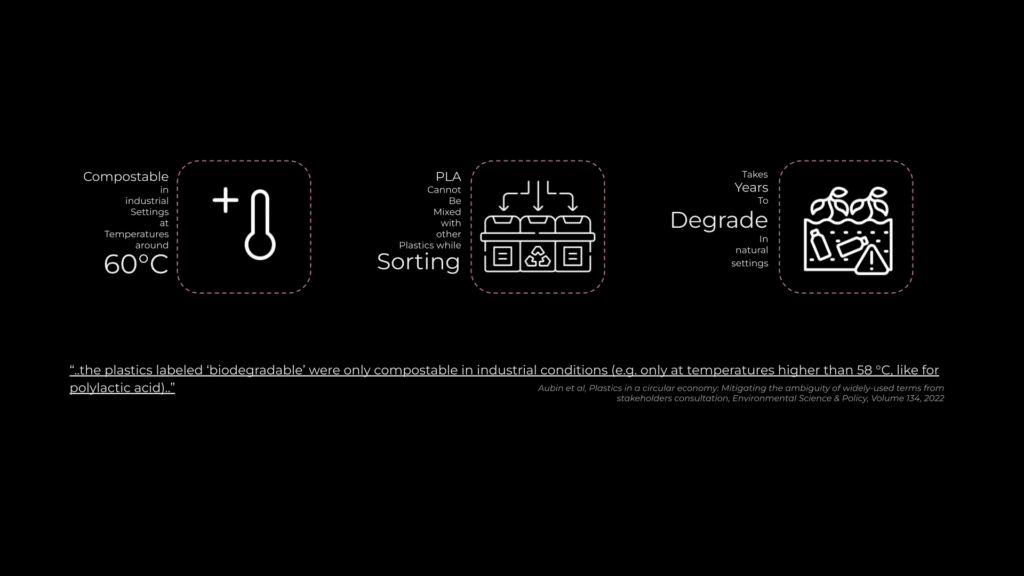
If correctly identified and managed, PLA’s waste management route is disposal, collection, acceptance and treatment at either industrial composting or PLA recycling facilities.
When incorrectly managed, PLA is landfilled, incinerated or littered. In addition, there is a concern that biodegradable or compostable labelling may increase the frequency of littering due to confusion by consumers on what ‘biodegradable’ entails.
Which leads us to the Research Question:
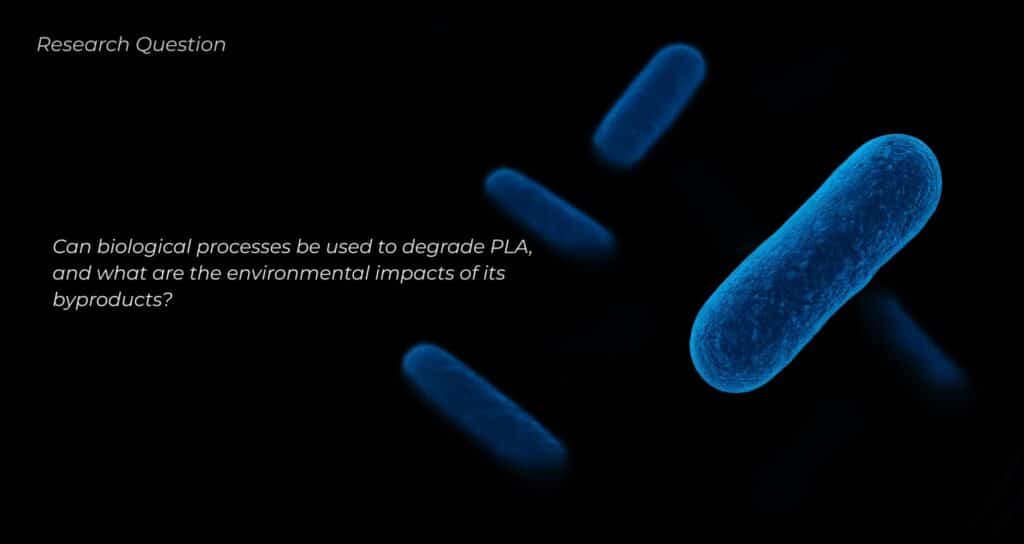
Why Biological Processes?
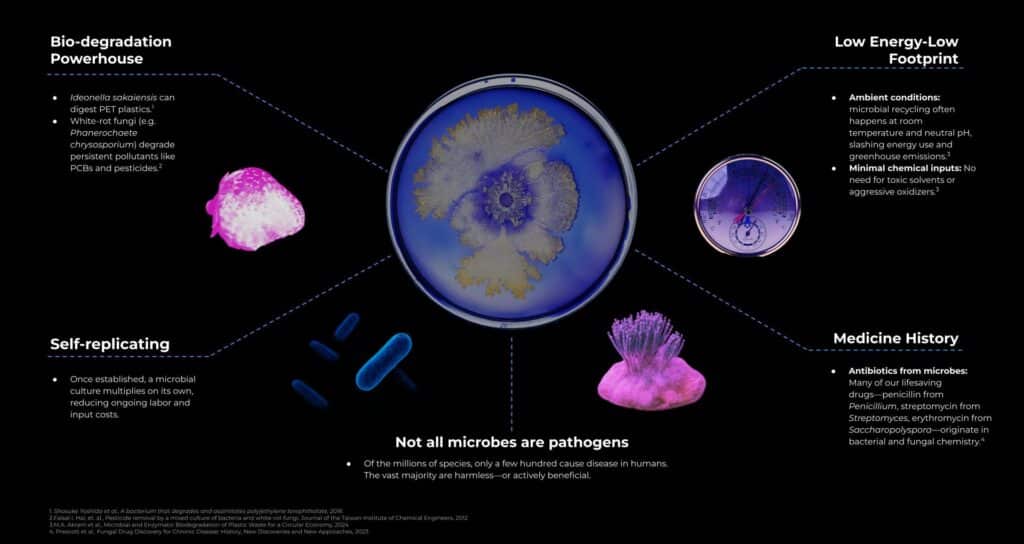
Chosen Micro-organisms:
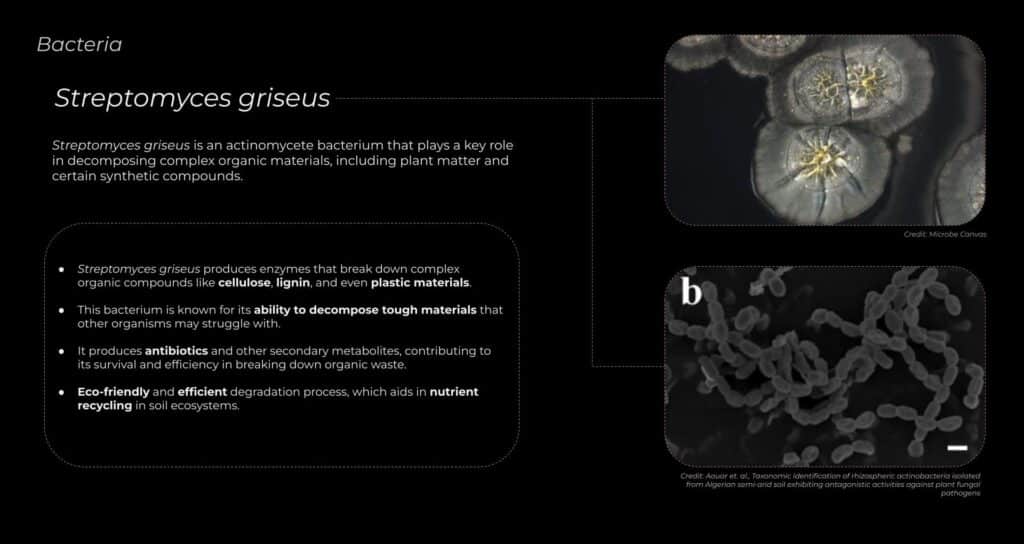
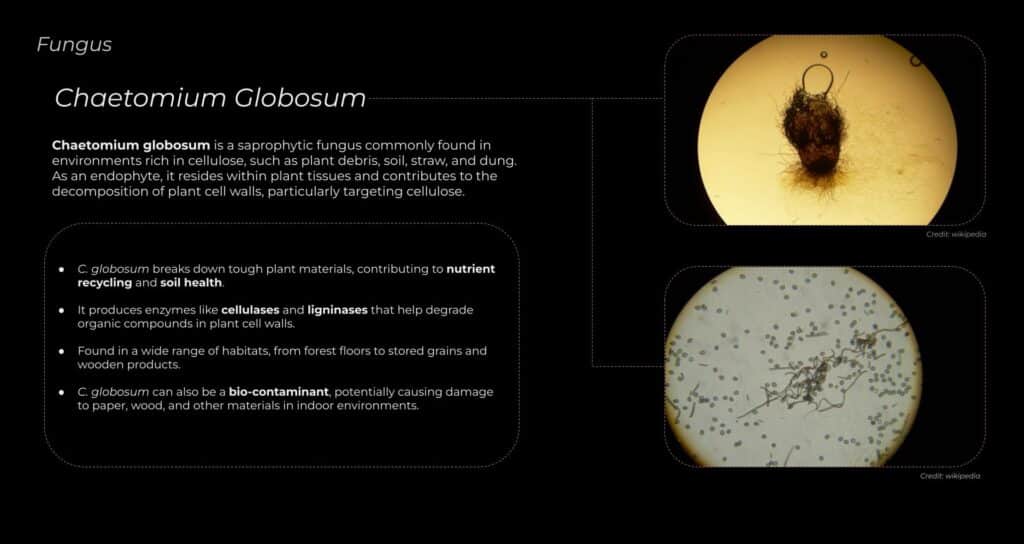
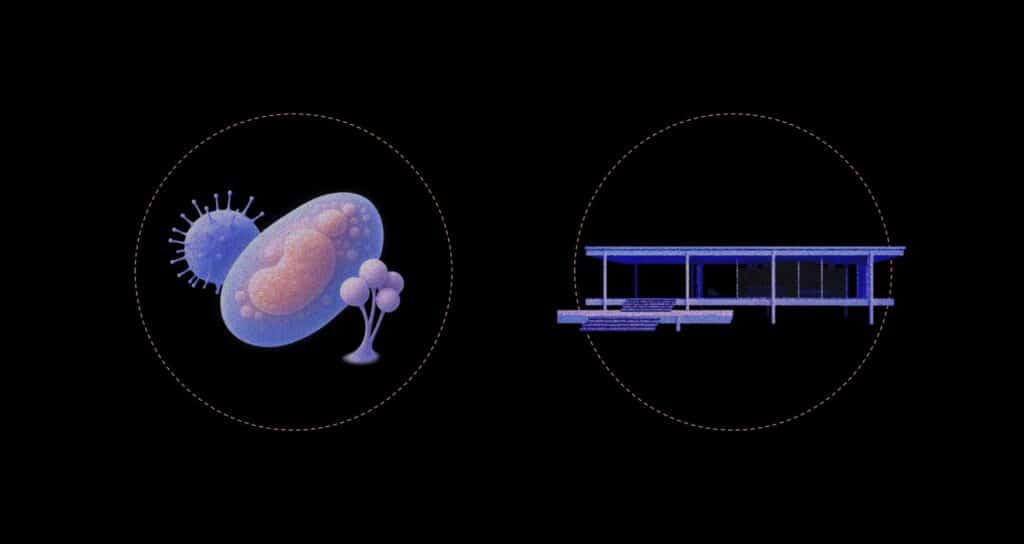
But microorganisms and architecture—how do they connect, and how does that make sense together?
We often ask ourselves what architecture really is—shelter, refuge, the place we call home—but perhaps the deeper question is this: why have we become so utterly divorced from the very environment that sustains us? In Dark Ecology, Timothy Morton captures the alienation we feel toward nonhuman life:
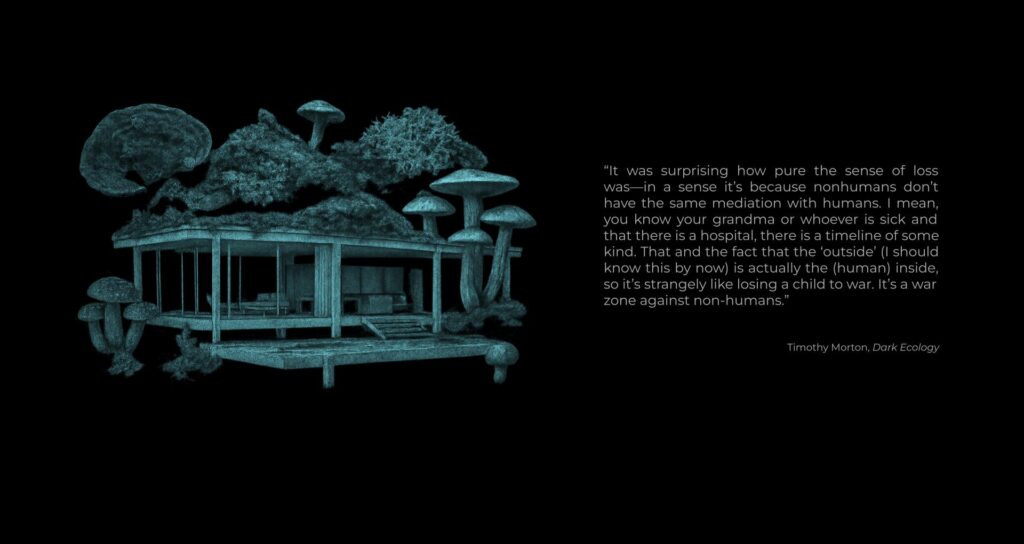
Morton’s words remind us that we have no roadmap for grief when ecosystems collapse or species vanish—no hospital, no familiar ritual, no clear temporal arc. We treat the “outside” world as something alien, waging an unacknowledged war against the very life‐support systems we depend on.
But if architecture is simply the craft of making a home—of improving our shelter—then why should the environment be any different? If we can design to nurture and protect our own living spaces, we can and must learn to design for the broader habitat we share with countless other beings. Building “for” the environment is, at its core, just an extension of building “for” ourselves: it is the ultimate act of coming home.
That being said. The aim of this project is to create a material system that hosts PLA and the microorganisms so that the PLA can be degraded overtime, with the microorganisms increasing the degradation of PLA thus helping us get rid of the PLA that was going to the landfill to create a landscaping material that is good for our environments health. The material was designed to decay and disappear within a certain amount of time, hence reminding us that the constant in nature is change. Thus making the plastics transient, hence transient plastics.
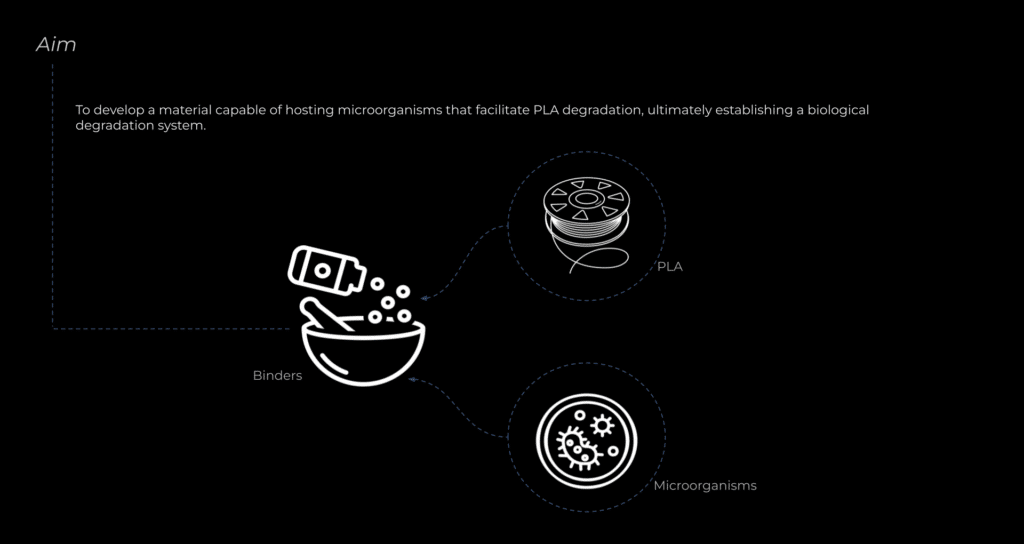
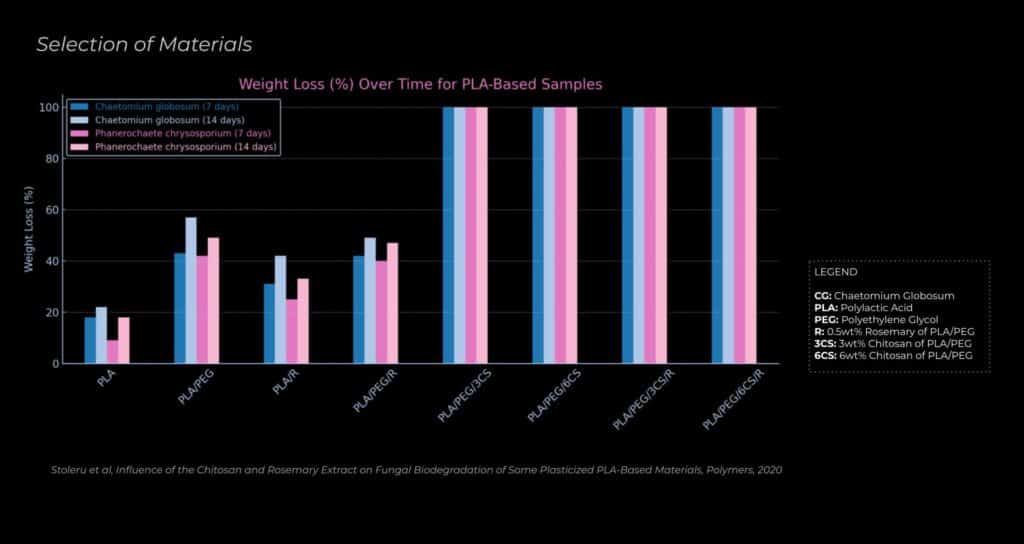
Materials for treatment of PLA.

Materials for the mix.
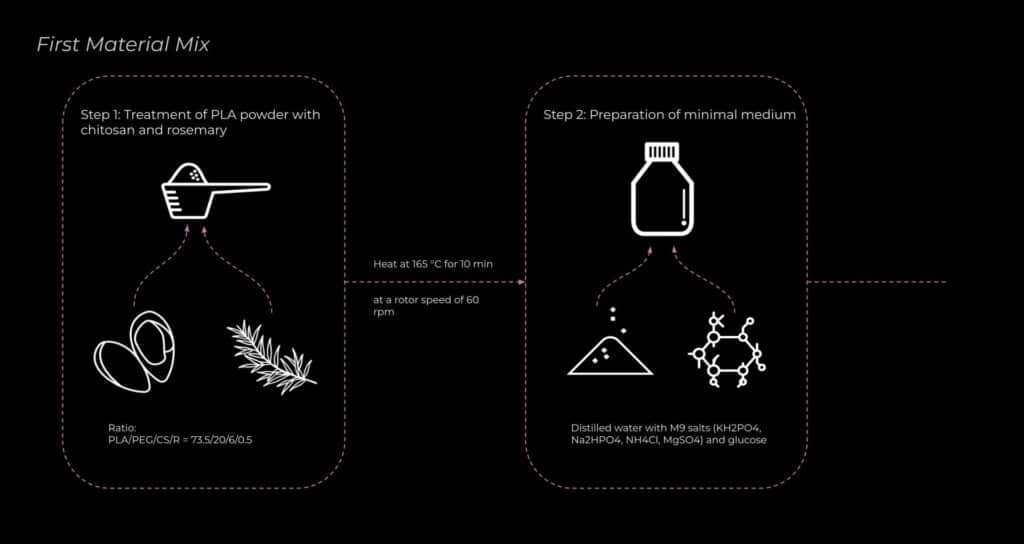
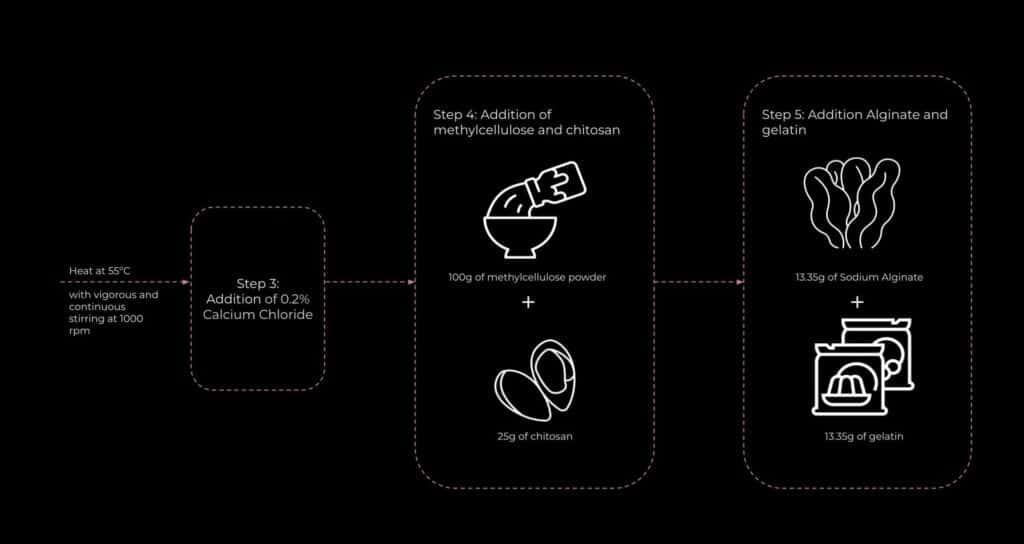
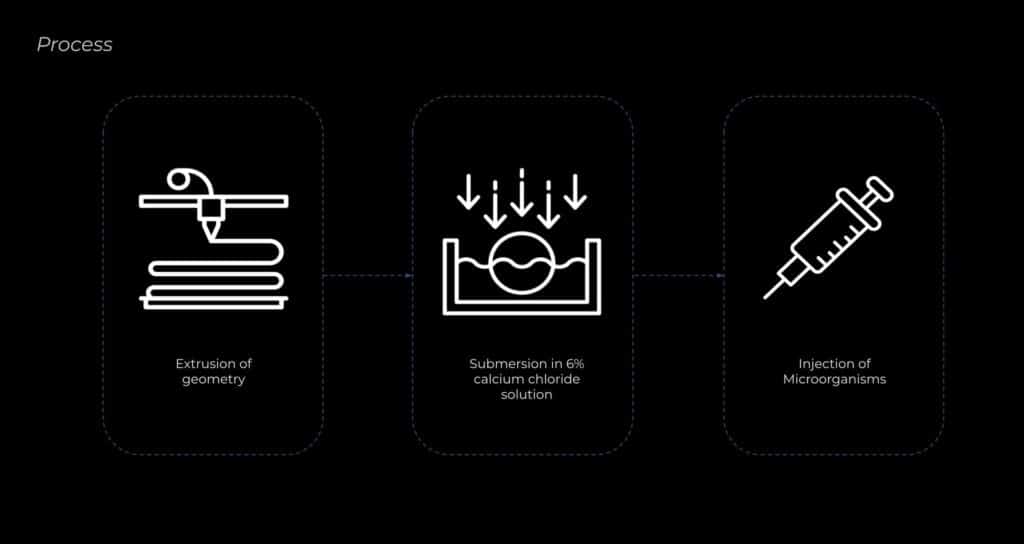
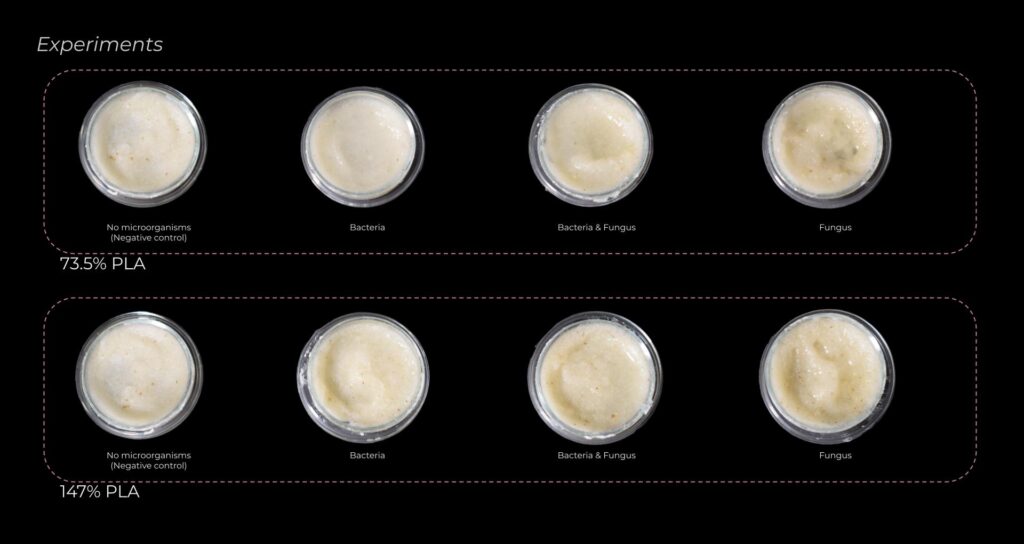
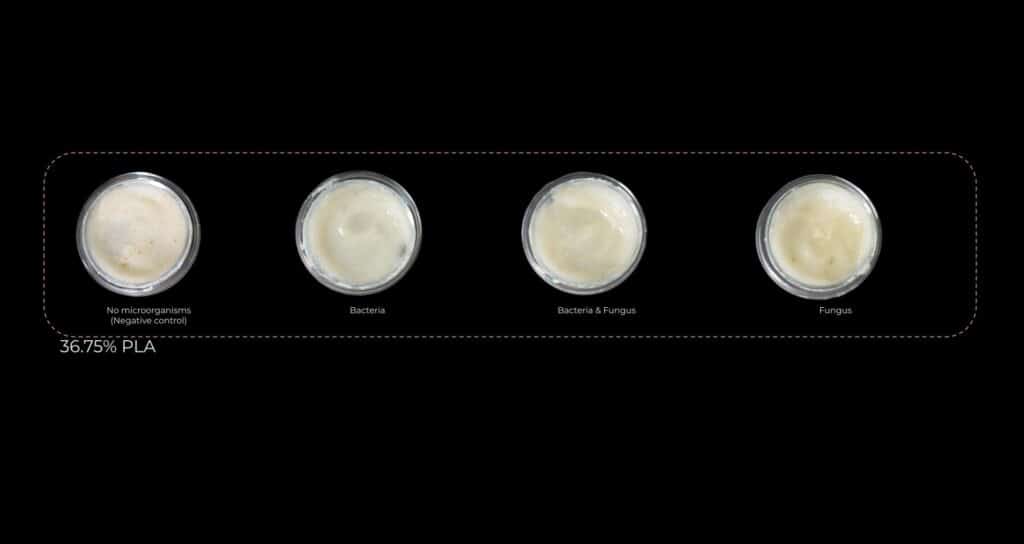
Fabrication Tests:
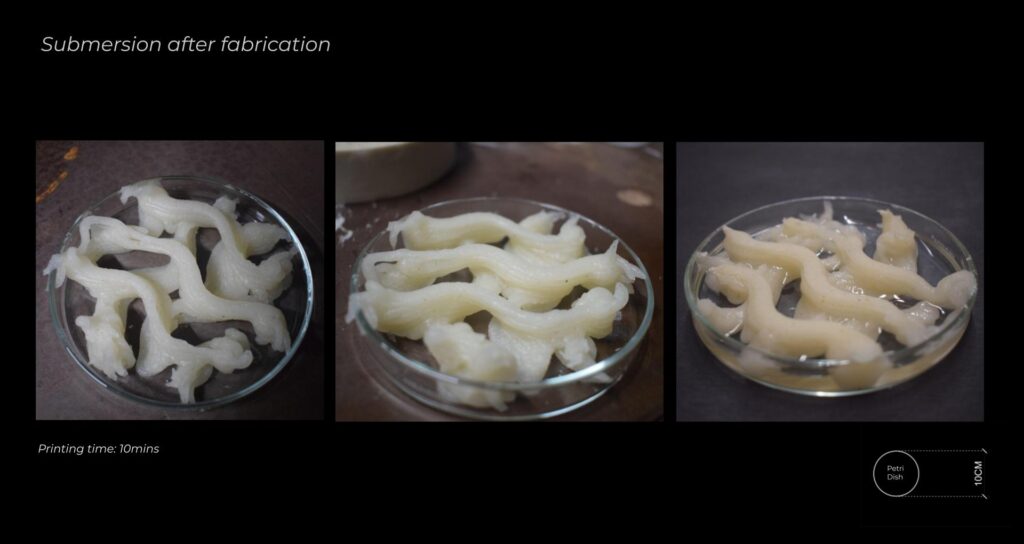
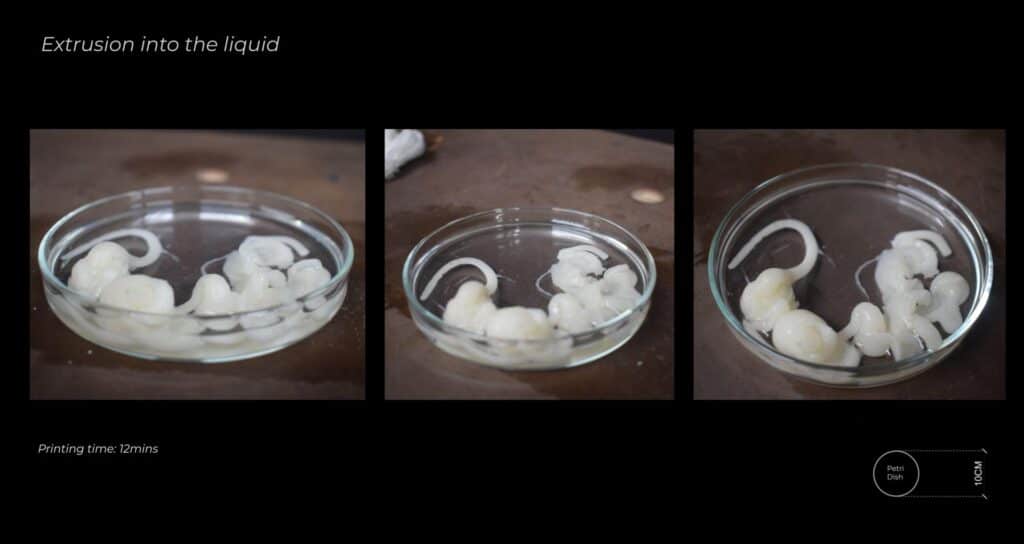
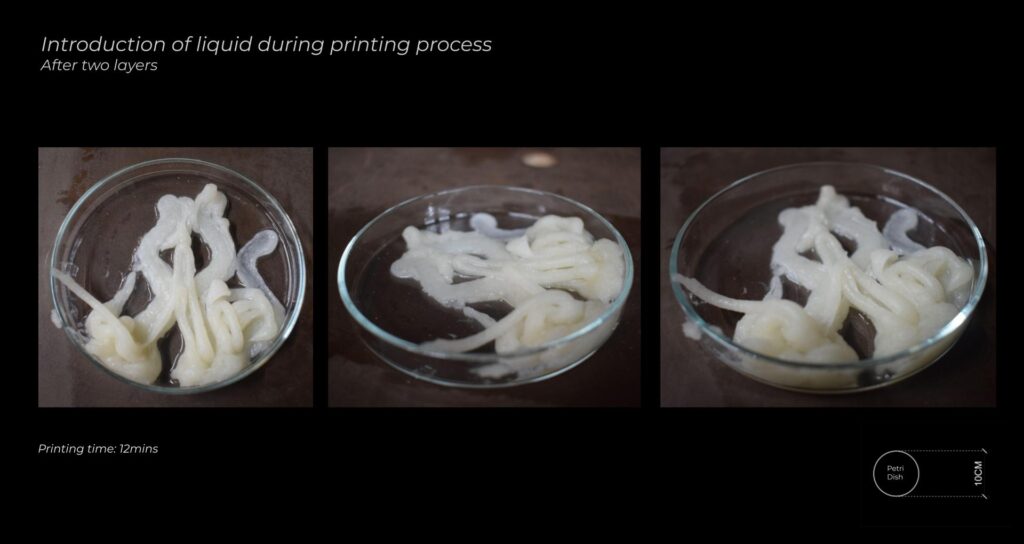
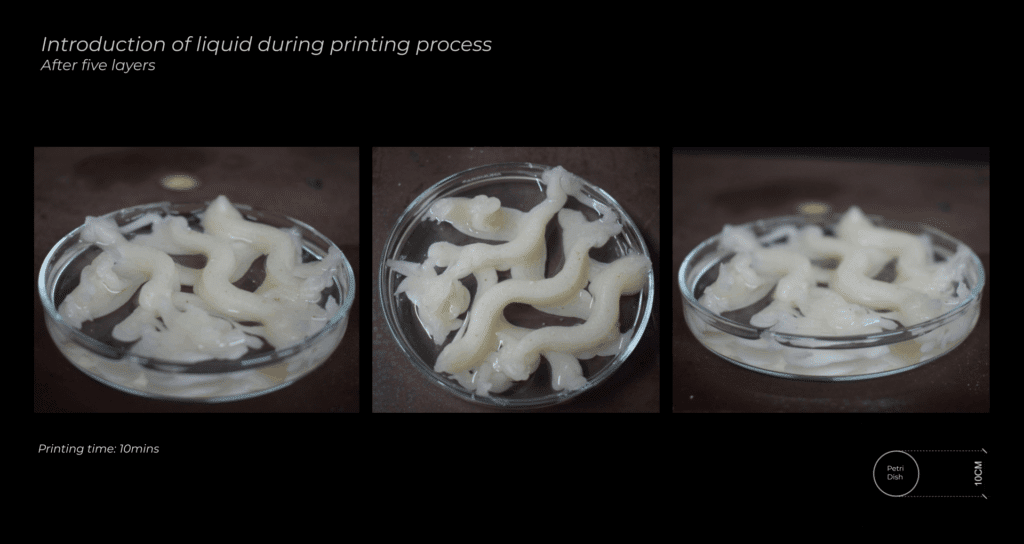
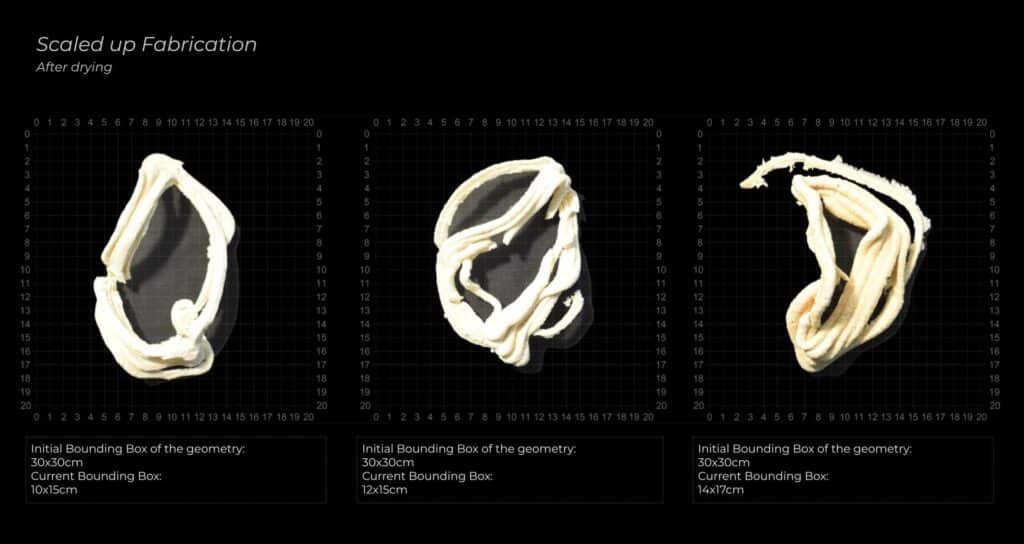
Since this material didn’t scale for larger fabrication, alternative recipes were explored using the same ingredients.
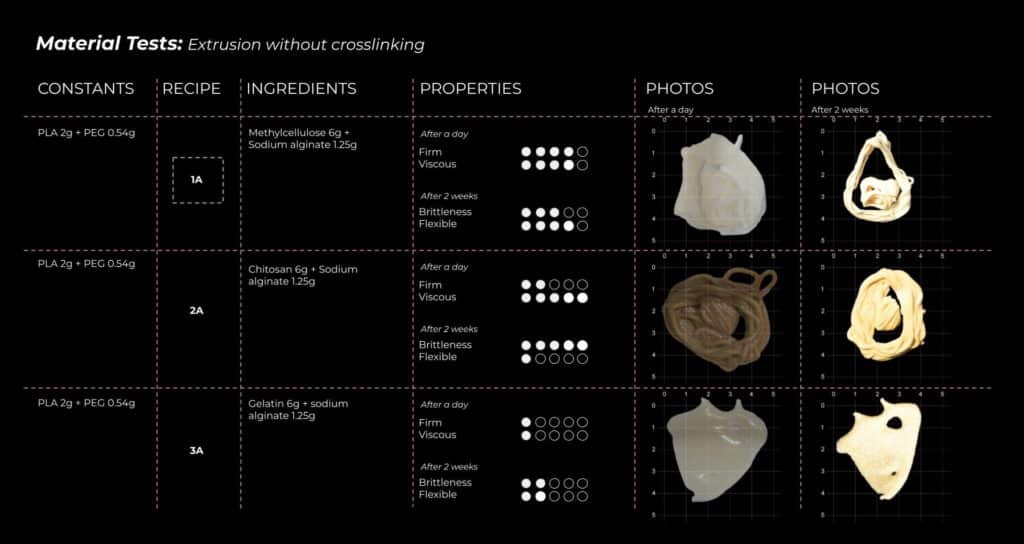
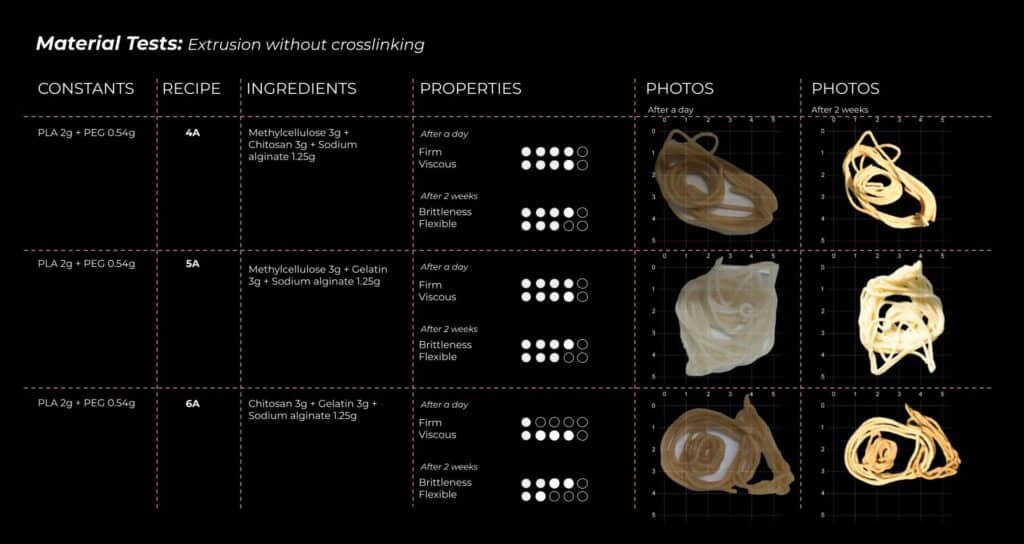
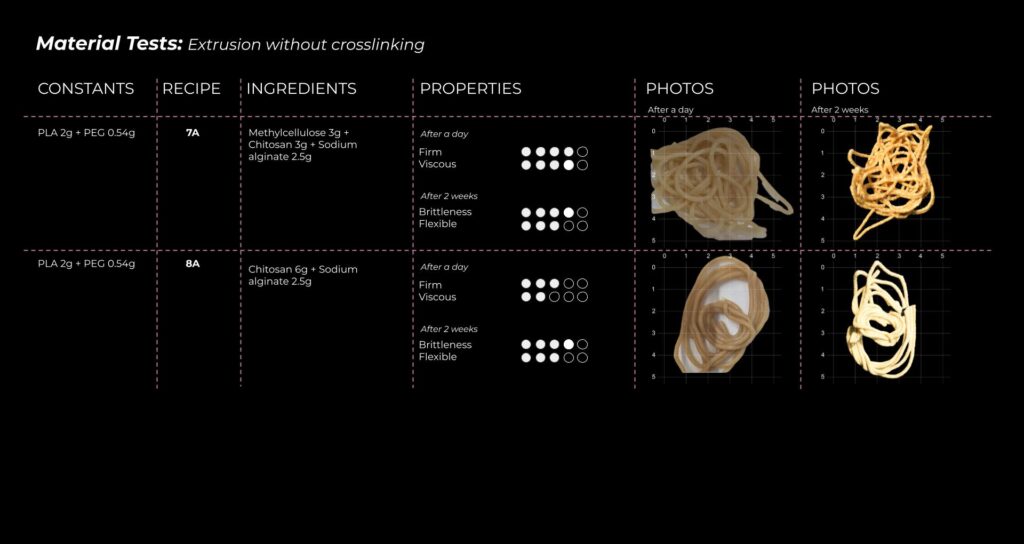
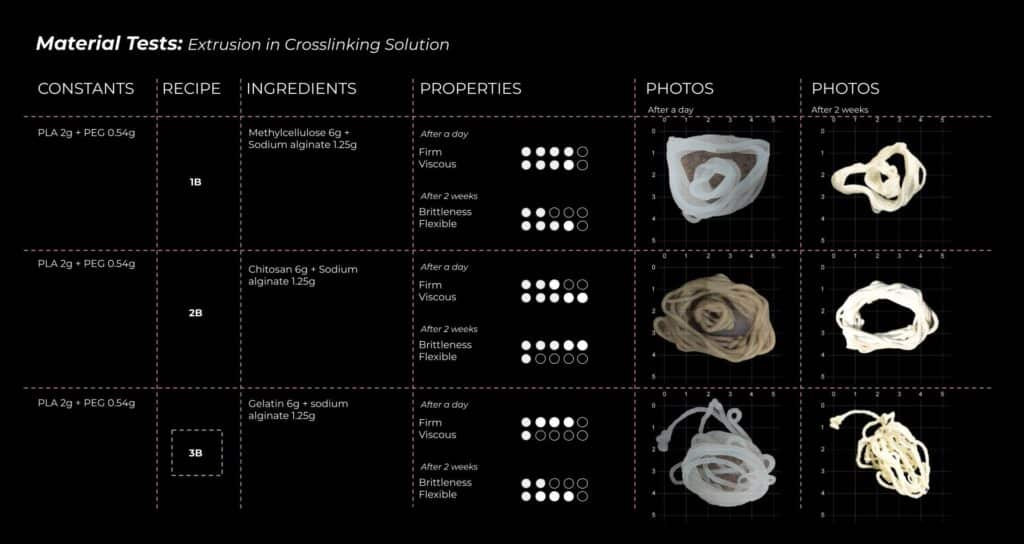
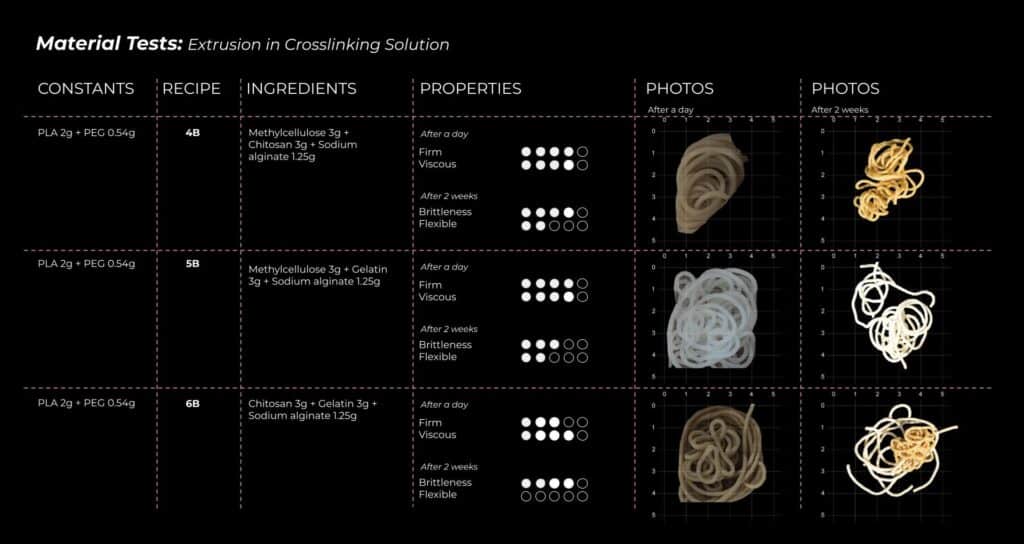
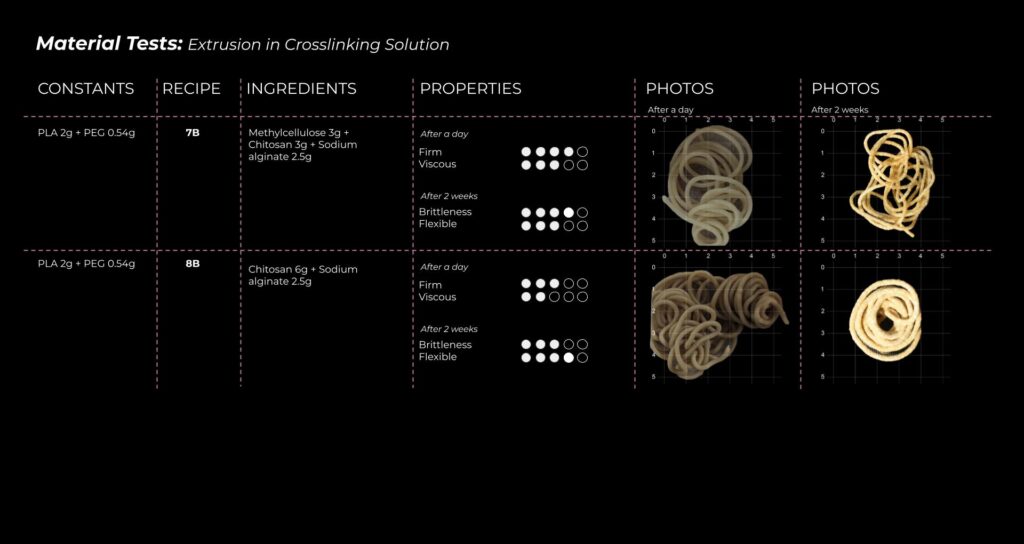
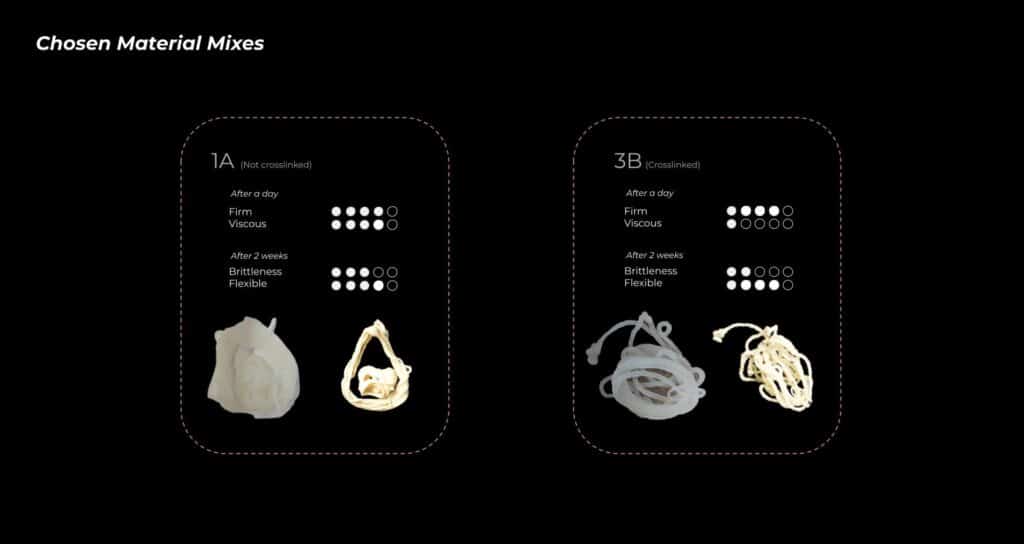
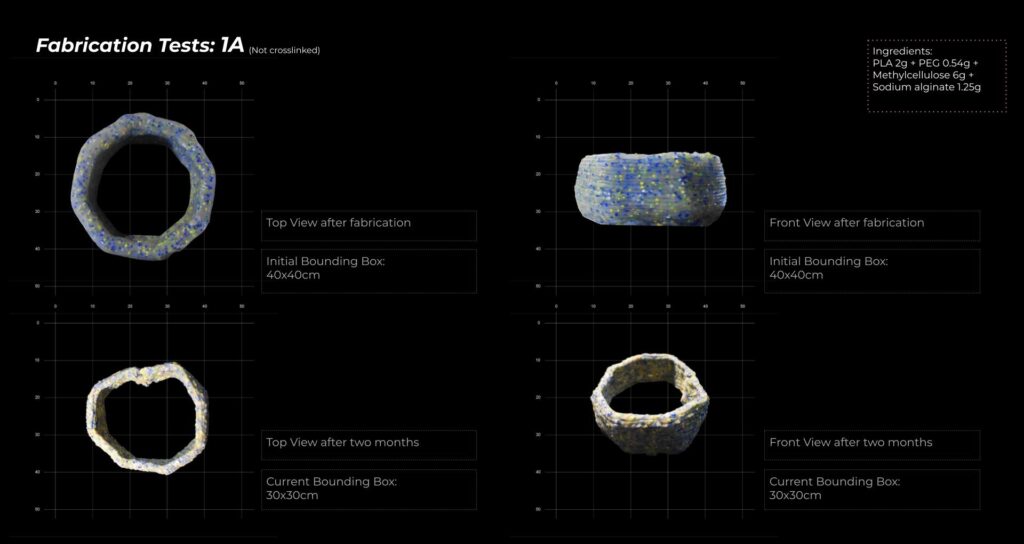
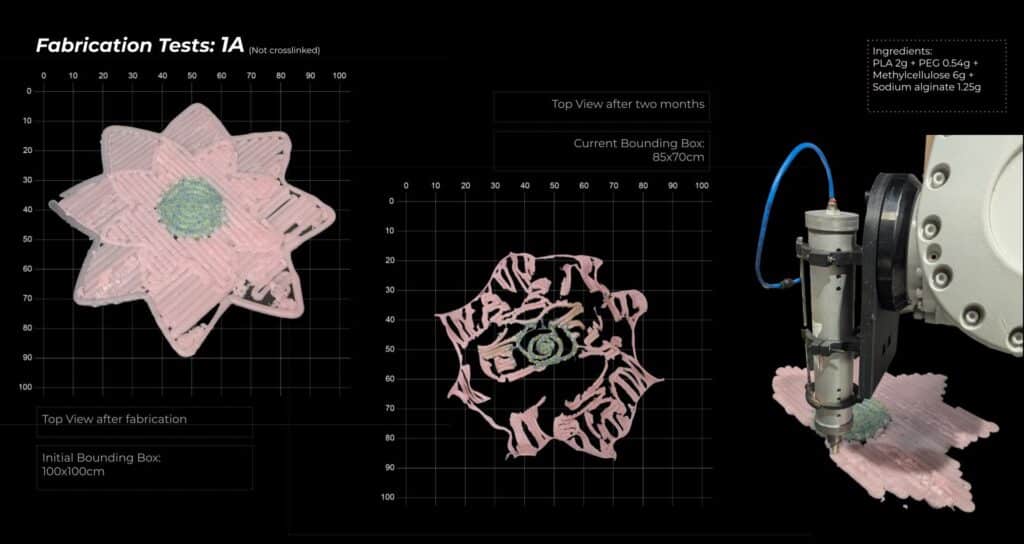
Final fabrication test for recipe 1A was made by 3D printing a geometry with a bounding box of 1mx1m, and as pictured above the shrinkage was a huge problem, the next recipe was tested.
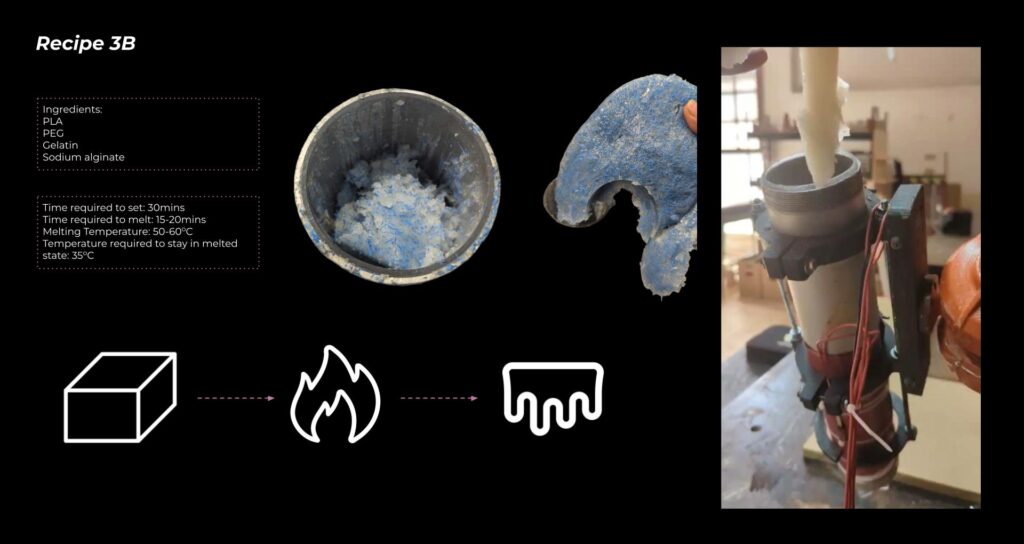
Since this recipe called for gelatin, which sets like jelly within 15-20mins, a continuous heating method was required during the fabrication and hence a new end effector was designed.
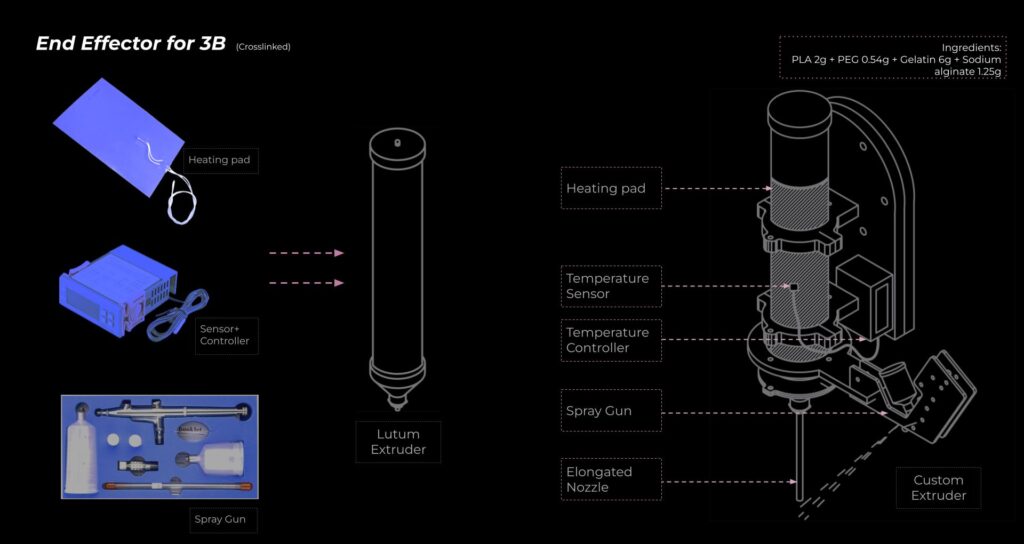
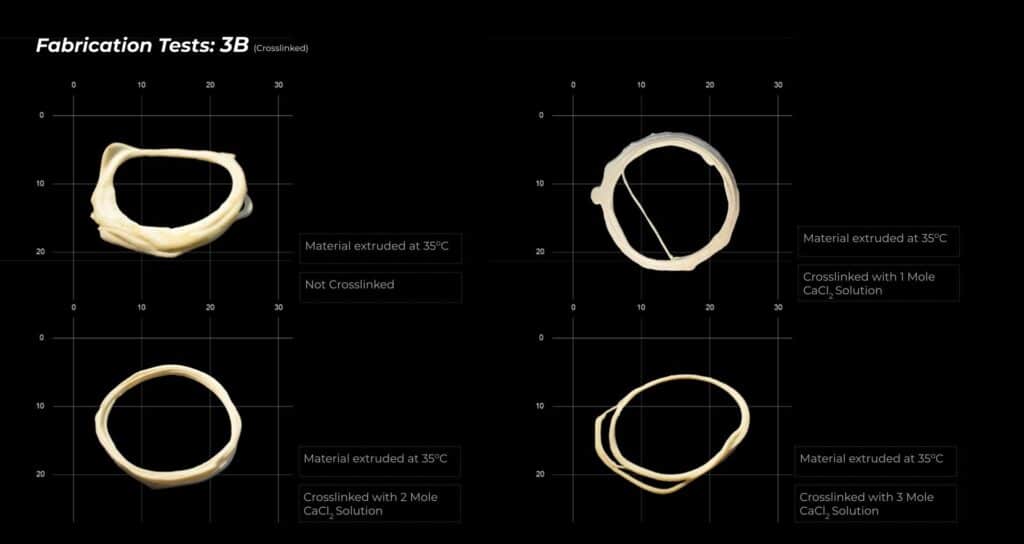
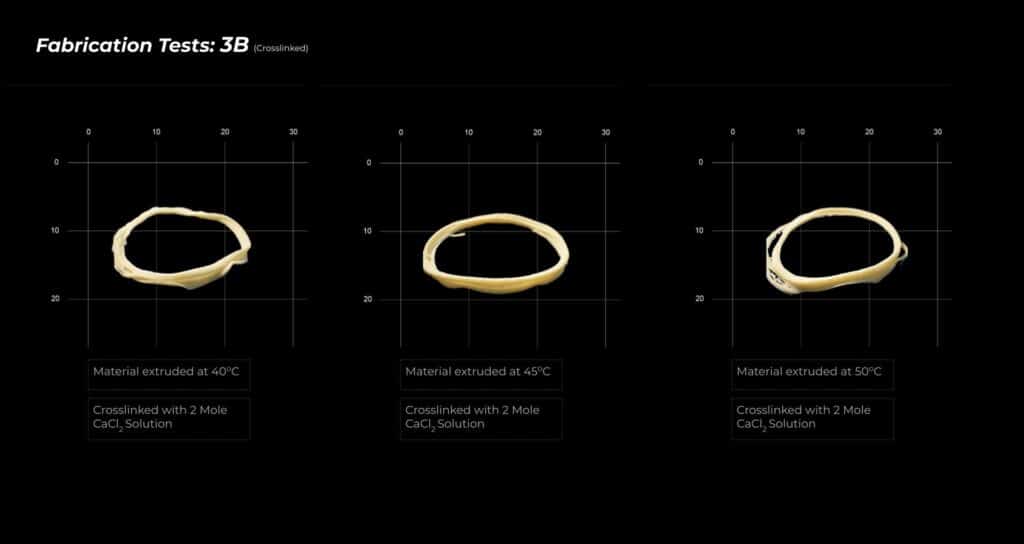
After all the tests with temperature and crosslinking, the one extruded at 35 degree celsius with 2 mole of crosslinking was chosen as the desired one.
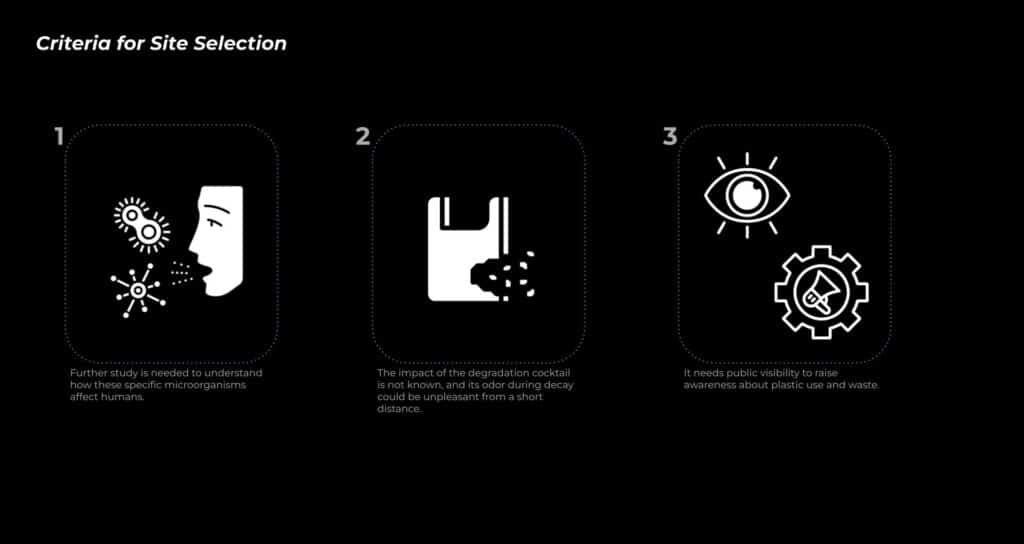
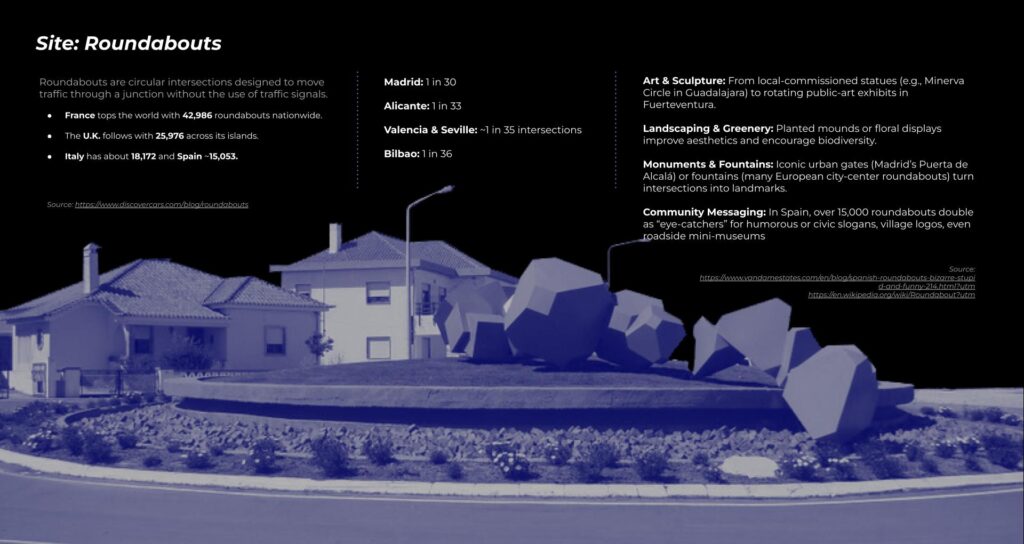
Roundabouts were selected as the potential application of the material as landscaping elements, since they can not be accessed by humans and are often times used as location for art application, we believed they would be perfect to raise awareness about “bioplastics”.
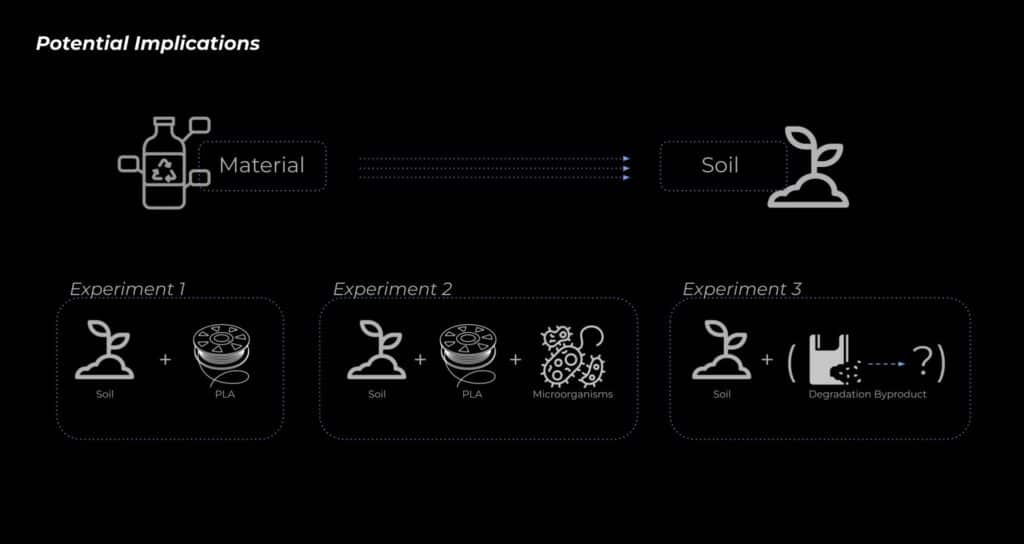
But since, it was a soil environment a number of studies were required to understand the implications of using this material for landscaping. To understand things from a deeper perspective we need to understand what PLA constitutes of and what it degrades into.
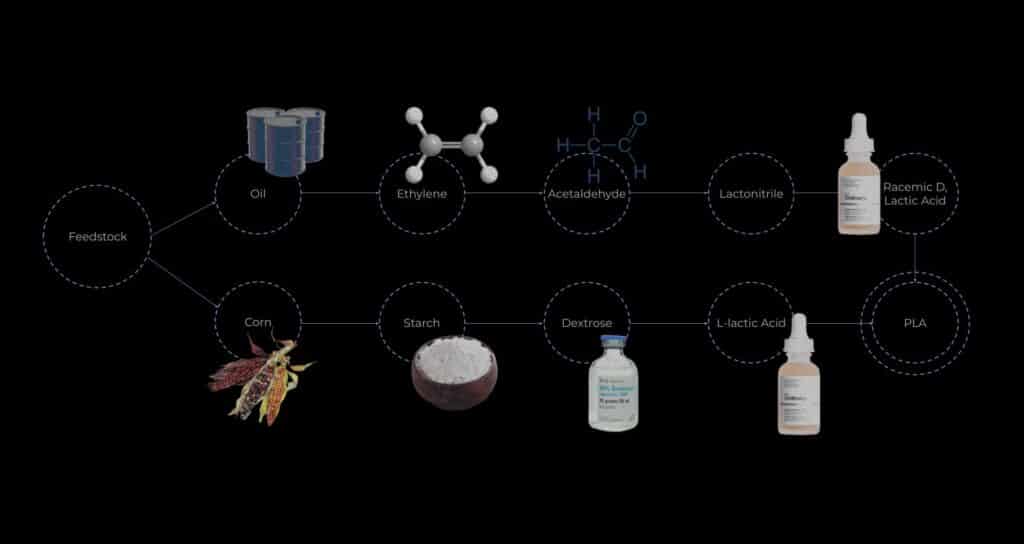
PLA, no matter its origin always degrades to lactic acid. Hence, research was done to find out the effects of lactic acid on soil environments.
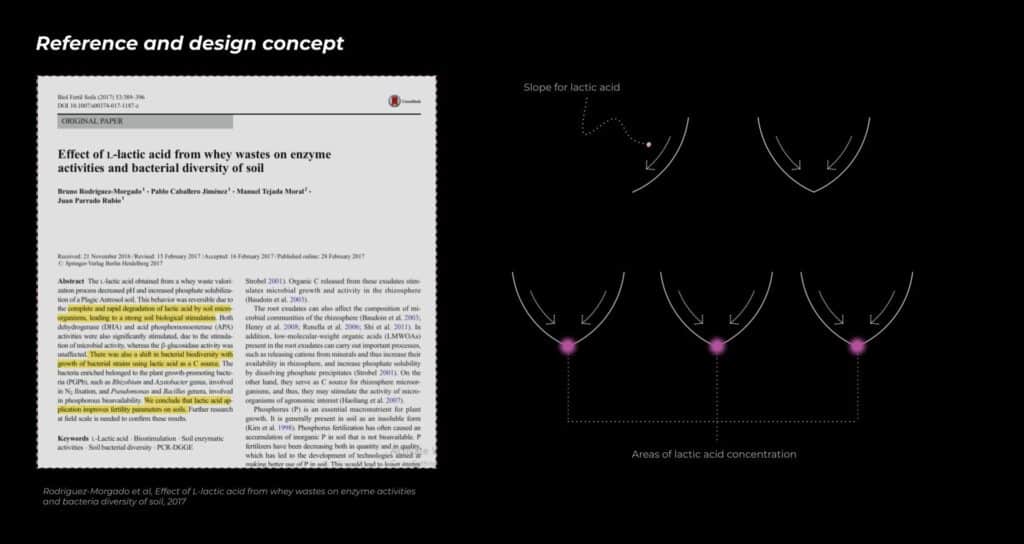
Since, there was some research claiming that lactic acid can actually be beneficial for the soil, the design was guided by this knowledge.
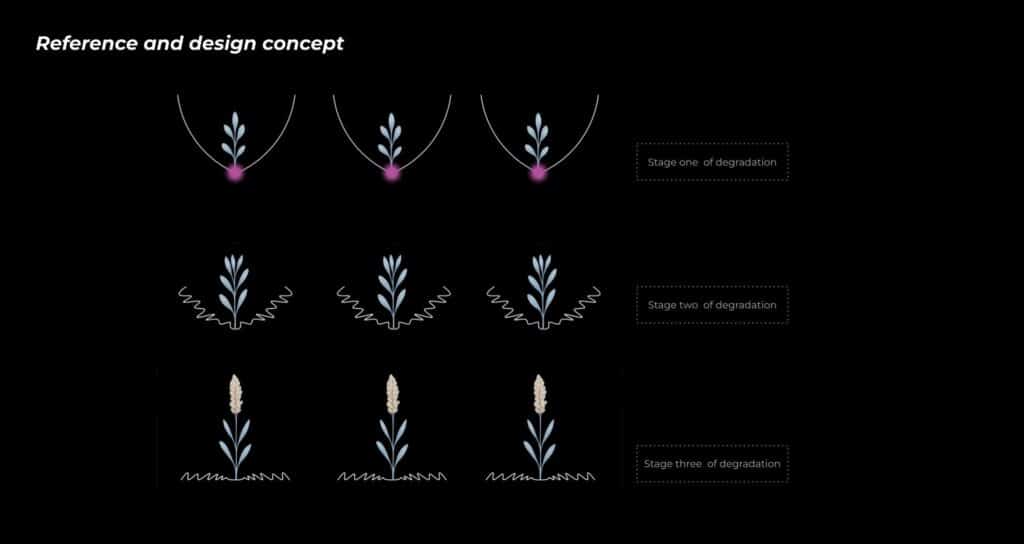
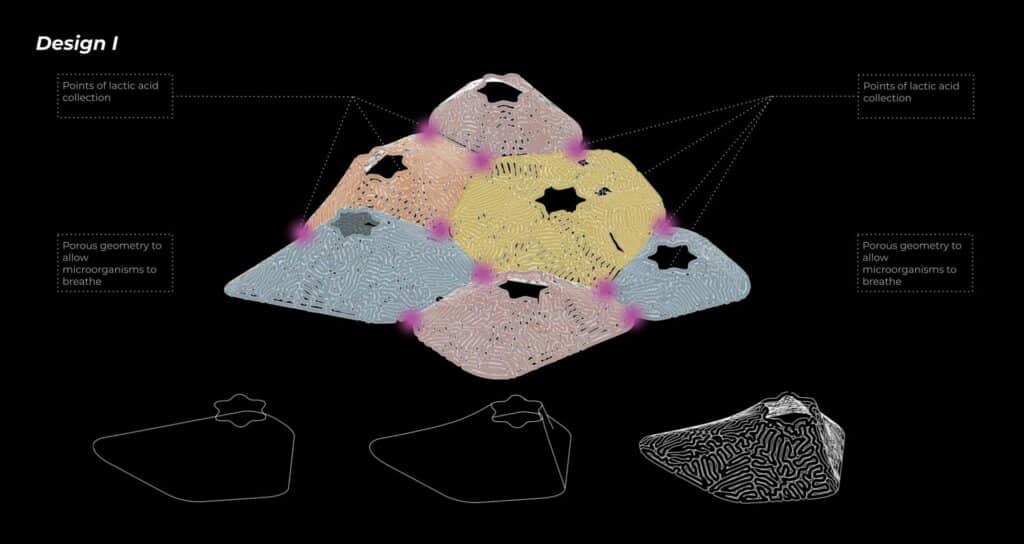
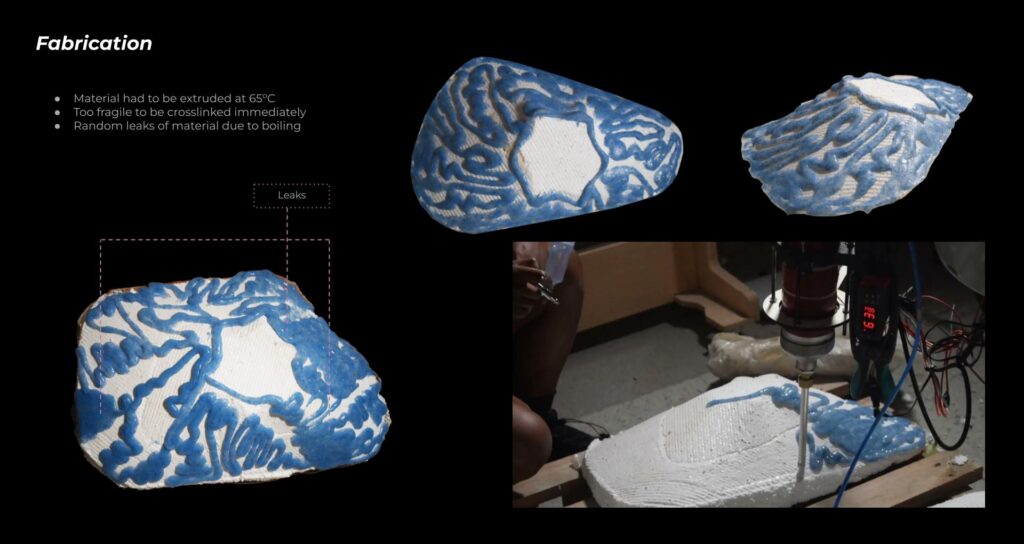
Since, the fabrication was scheduled for much later than when the tests were done, the changes in temperature and humidity and the fact that the material had to be stored for way longer than intended, the material did not extrude at the chosen 35 degrees but instead had to be extruded at 65degrees instead. That meant different material properties and therefore a different, easier, technique and design was explored.
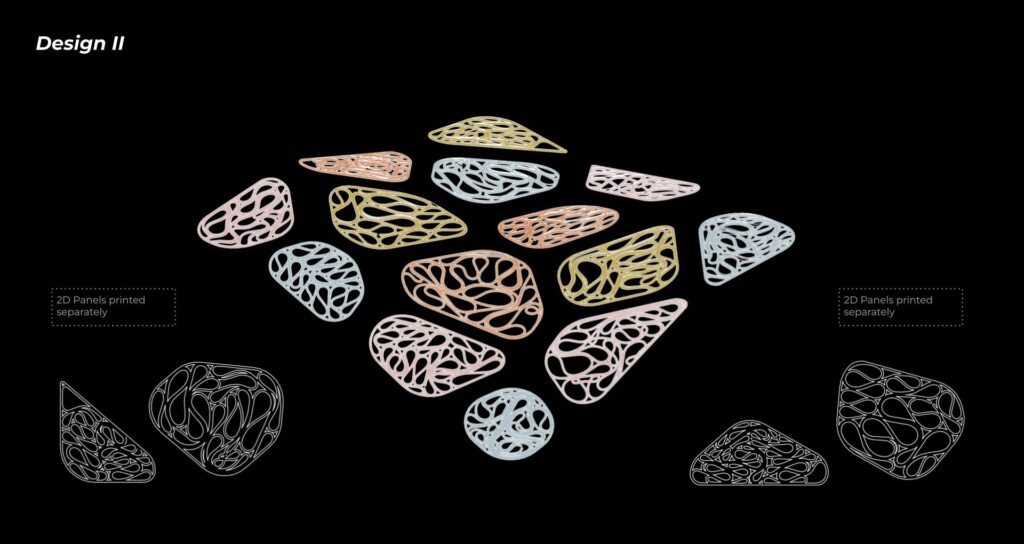
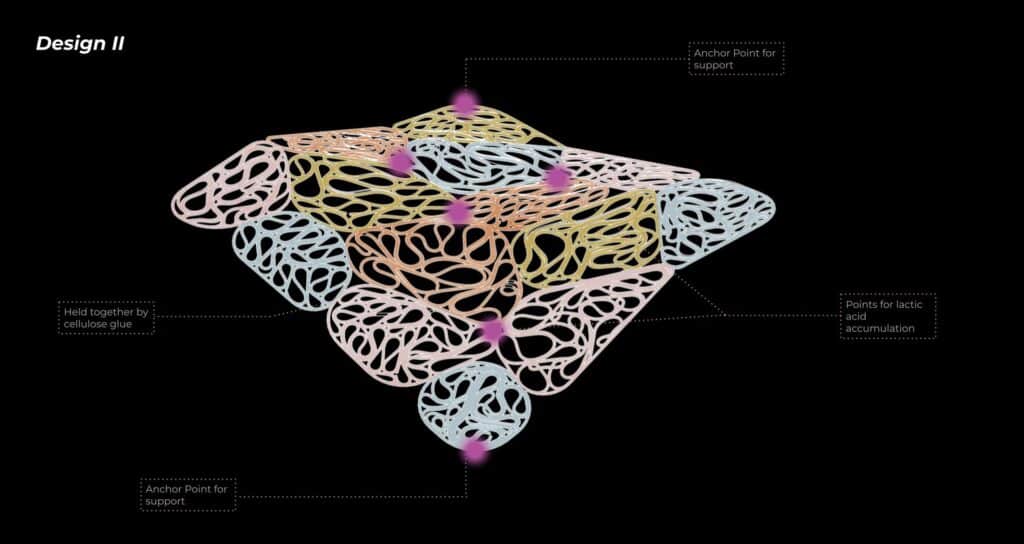
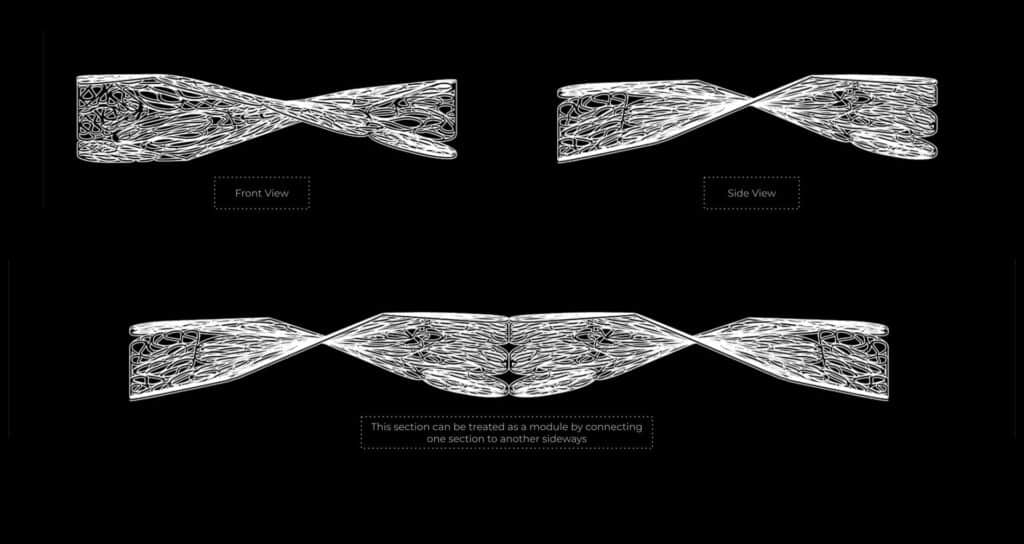
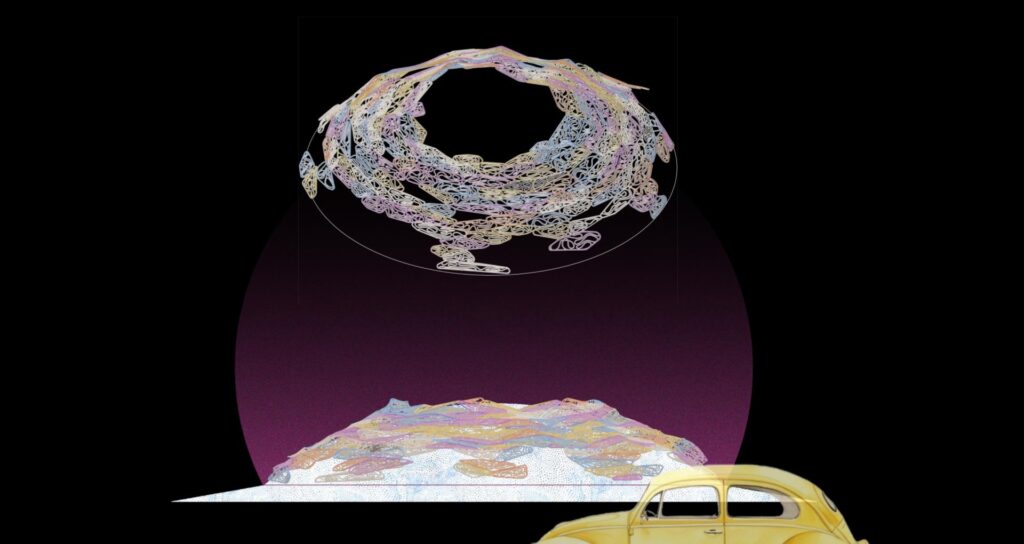
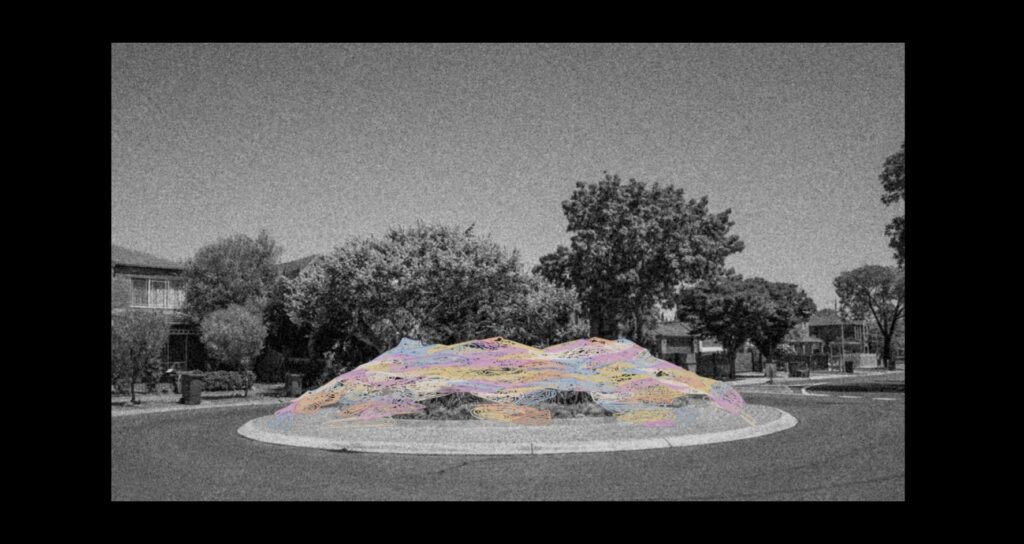
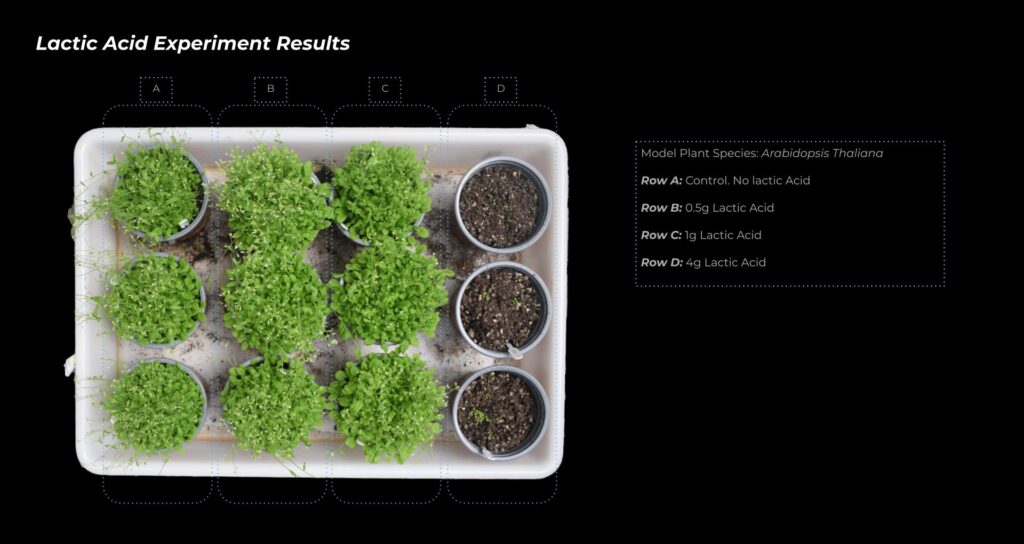
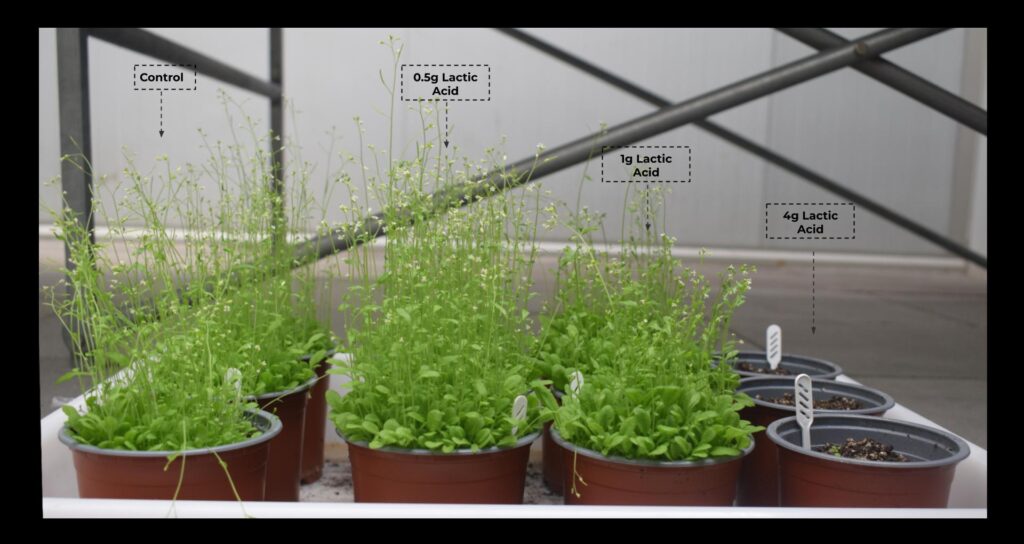
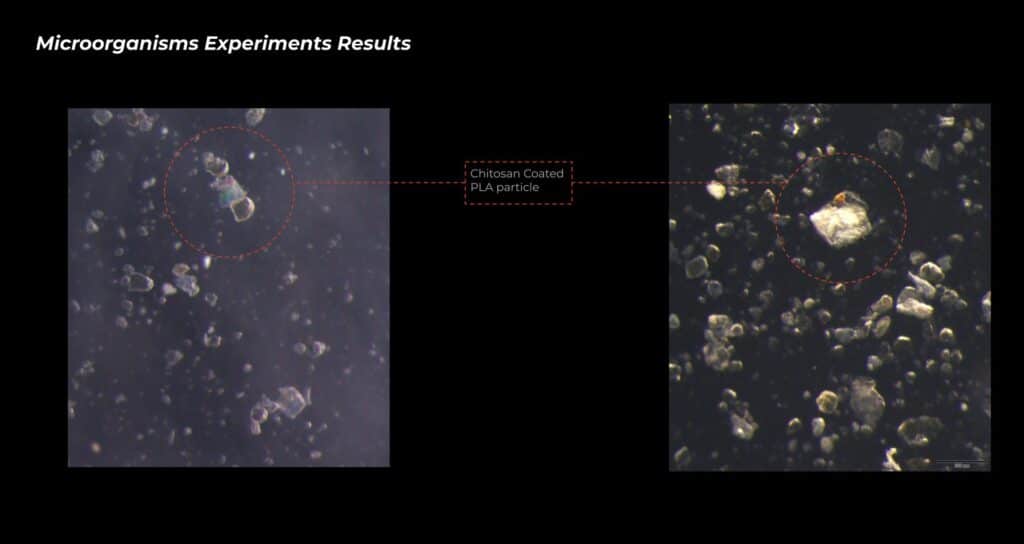
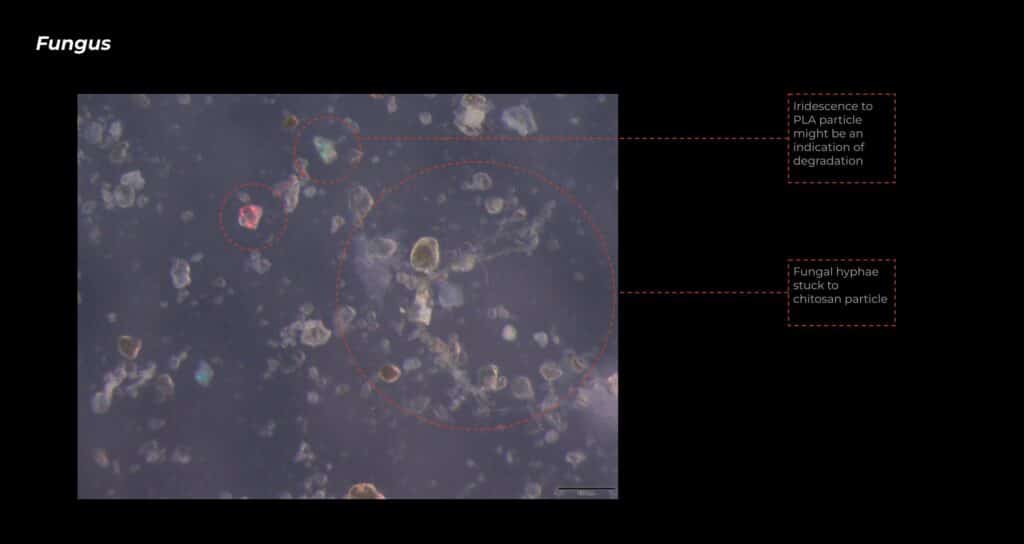
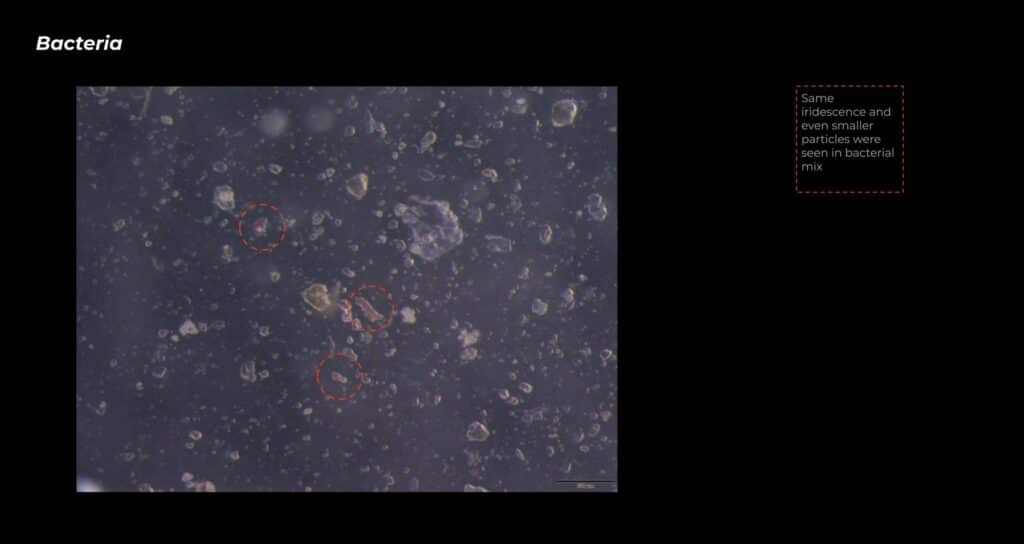
Thank you!

